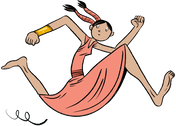But wait, there’s a difference?!
OF COURSE I would know they’re all different, right? I’m a whole adult human, a teacher, a mother, a writer.
I’ve read thousands of fairy tales and folktales. Surely SURELY I know the difference! Well, when faced with trying to articulate which is which and what is why off the top of my head, I realized I had lost track. I immediately set out to re-educate myself and lo and behold, I had good reason to be fumbling them all into one! Aha!
As it turns out, fairy tales and folktales are at once distinct and similar. That’s right. Like so much of life, to understand each of these amazing story-telling forms we must be able to accept them as different and the same all at once.
Fairy tales—as the word fairy in the name would indicate—usually embody magic in one form or another—magical animals, magical people, magic spells, magical places. In most fairy tales good triumphs over evil, and endings tend to be happy ones.
Folktales spring from traditional beliefs, teachings, practices, legends and/or stories of a specific culture and originally were (and still may be) shared orally through storytelling. Unlike fairy tales, folktales don’t necessarily end happily.
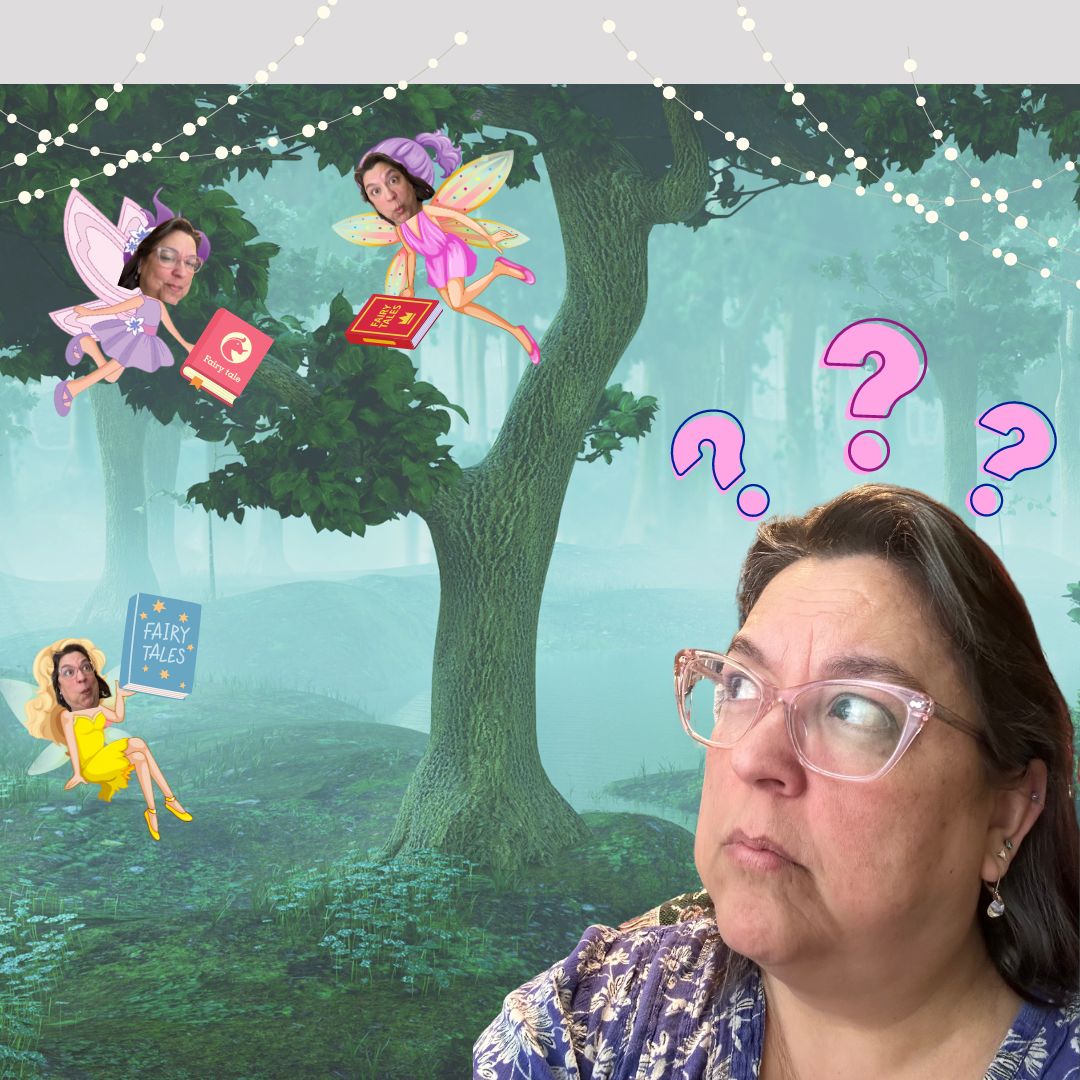
In both fairy tales and folktales there is usually a problem to be solved and challenges to overcome before the story ends. HOWEVER, in fairy tales the challenges are met with the help of magic, while in folktales, problems are solved using a character’s own brain power. And along the way, both fairy tales and folktales can contain a lesson, or a message meant to warn young listeners against danger, or teach them a valuable life lesson.
At this point of exploration I felt wiser and more informed. NOW I knew all the stuff about fairy tales, right?
Almost. Because I dove into one last element of fairy tales and folktales and discovered: fairy tales are considered a TYPE OF FOLKTALE.
Once I stopped gnashing my teeth, I had to say to myself “But of course!”
All human storytelling originates from shared oral tradition. From printed books to audiobooks to e-readers, from YouTube story time videos to virtual AI creations—all of it, ALL OF IT, grew from one human telling another human a story.
Which is ultimately the simple beauty of the human imagination being shared, right?
And now that I—and hopefully you—are ready to once again sip from the soup of fairy tales, I invite you to explore these up and coming additions to fairy tale lore.
Enjoy!
My Cousin’s Mermaid, by Anna Staniszewski & illustrated by Ewa Poklewska-Koziełło (Barefoot Books)
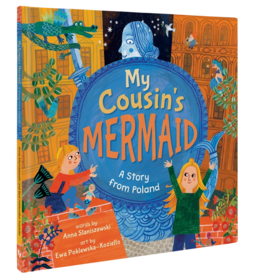
In this warm and brightly illustrated tale of reconnecting with an extended Polish family, a child’s trip to Poland suddenly seems a bit daunting as she tries to connect with her cousin. After a few bumps between the two girls’ attempts at communicating between English and Polish, they discover that their shared love of fairy tales—specifically MERMAID stories—and that also connects them to the deep-rooted mermaid folktales of Warsaw. Endnotes include a Polish word pronunciation guide and additional information about Polish history and of course folktales!
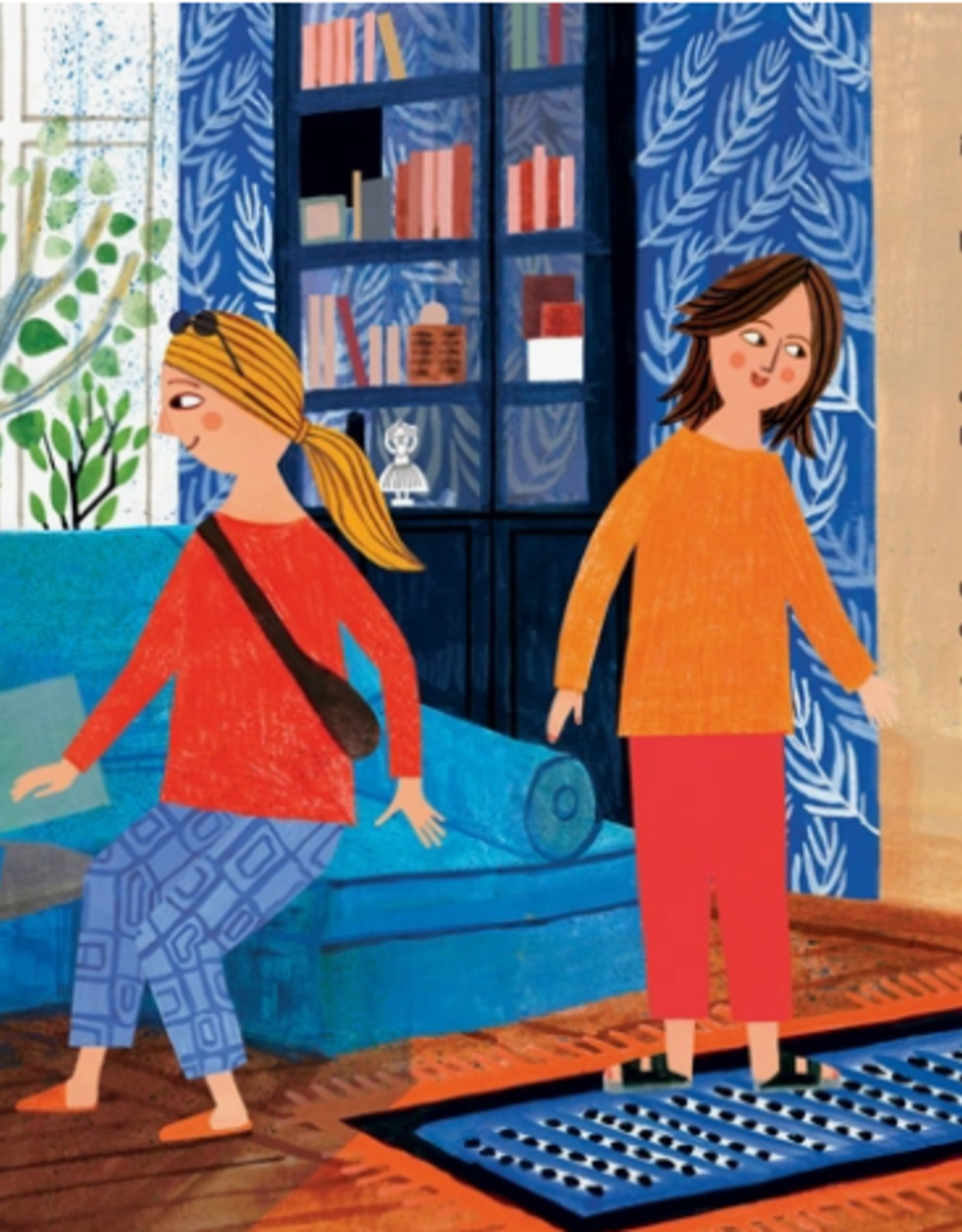

An Illustrated Treasury of Swedish Folk and Fairy Tales, ilustrated by John Bauer (Floris Books)
This beautiful collection of Swedish tales is a true treasure trove for middle grade, teen, and adult fairy tale aficionados. Extensive retellings of each story are paired with acclaimed artist John Bauer’s intricate and immersive illustrations that bring each heroine, hero, troll, and witch to life. This beautiful book proves that fairy tales—and folktales—are for everyone at every age!
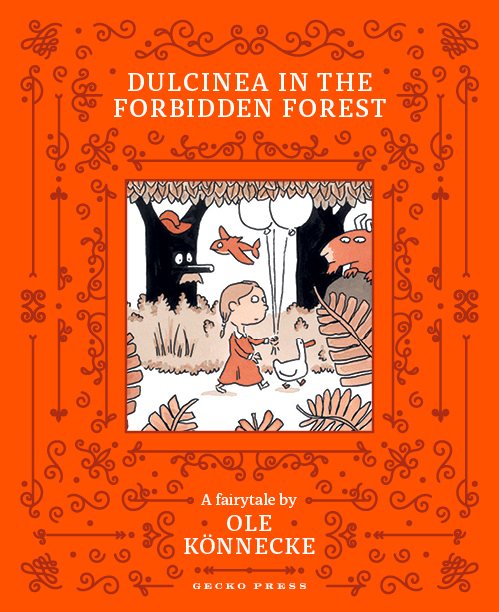
Dulcinea in the Forbidden Forest, written and illustrated by Ole Könnecke (Gecko Press)
Brave Dulcinea has always known to stay away from the scary magic forest and the witch who lives deep inside it. But when Dulcinea’s father doesn’t come home from a blueberry-picking trip, she suspects the witch MUST be somehow involved. So she gathers her courage and heads into the forest to find the witch and get her father back! This new fairy tale permutation, translated from the original German, glows with hilarious comic-styled illustrations and sharp wit—a delightful addition to the fairy tale world!
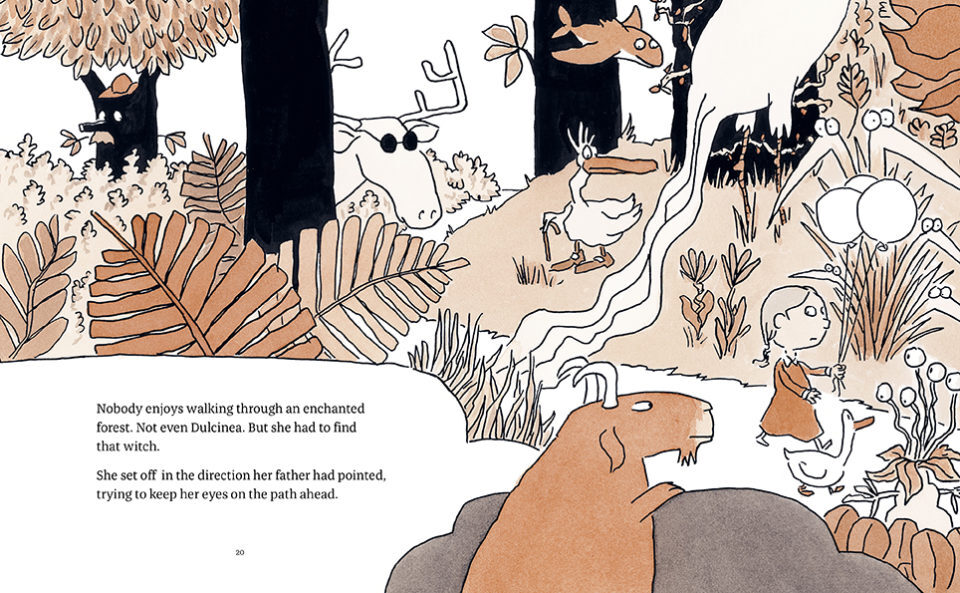
Mister Fairy, by Morgane de Cadier and illustrated by Florian Pigé (Red Comet Press)

Fairy tales can come in all shapes and sizes, with all manner of characters, magical meanderings, and happy endings. But how about a fairy tale about FAIRIES? Here we meet, well, Mister Fairy, who is a troubled fairy indeed—he can’t find his magic. While other fairies are healing boo-boos and tidying things up and doing all kinds of other marvelous things, all of Mister Fairy’s spells seem to go wrong. UNTIL he leaves his home in the forest and goes to the drab and dreary city. And what do you think Mister Fairy finds there? That’s right, HIS SPECIAL MAGIC! Crisp and giggle-worthy storytelling combines with rib-tickling illustrations to create a fun and fanciful fairy fairy tale!

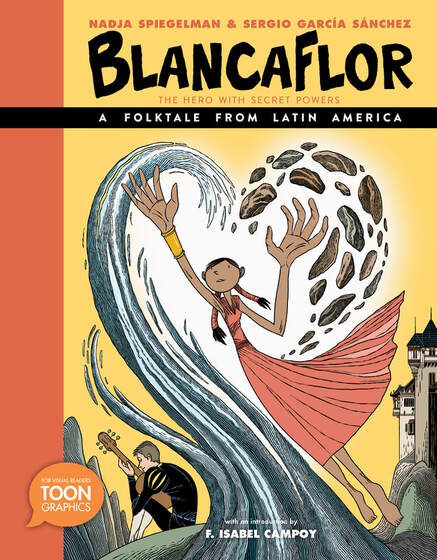
Blancaflor, The Hero with Secret Powers, by Nadja Spiegelman, illustrated by Sergio García Sánchez, and with an introduction by F. Isabel Campoy (TOON Books)
Graphic novel meets fairy tale and folktale in this timely and moving damsel-saves-herself tale from Latin America, Blancaflor is trying to navigate between her ogre-esque, enemy-chomping father and her hopes for a suitor. Suddenly a prince falls out of the sky, and while he isn’t terribly clever, Blancaflor is smitten. She uses her considerable strength, wisdom, and cleverness to make sure he doesn’t get away. This is a spell-binding tale that spotlights women’s often invisible work and labor, as well as Indigenous cultures.
Here’s hoping your fairy tale forays are full of magic and reading fun!
